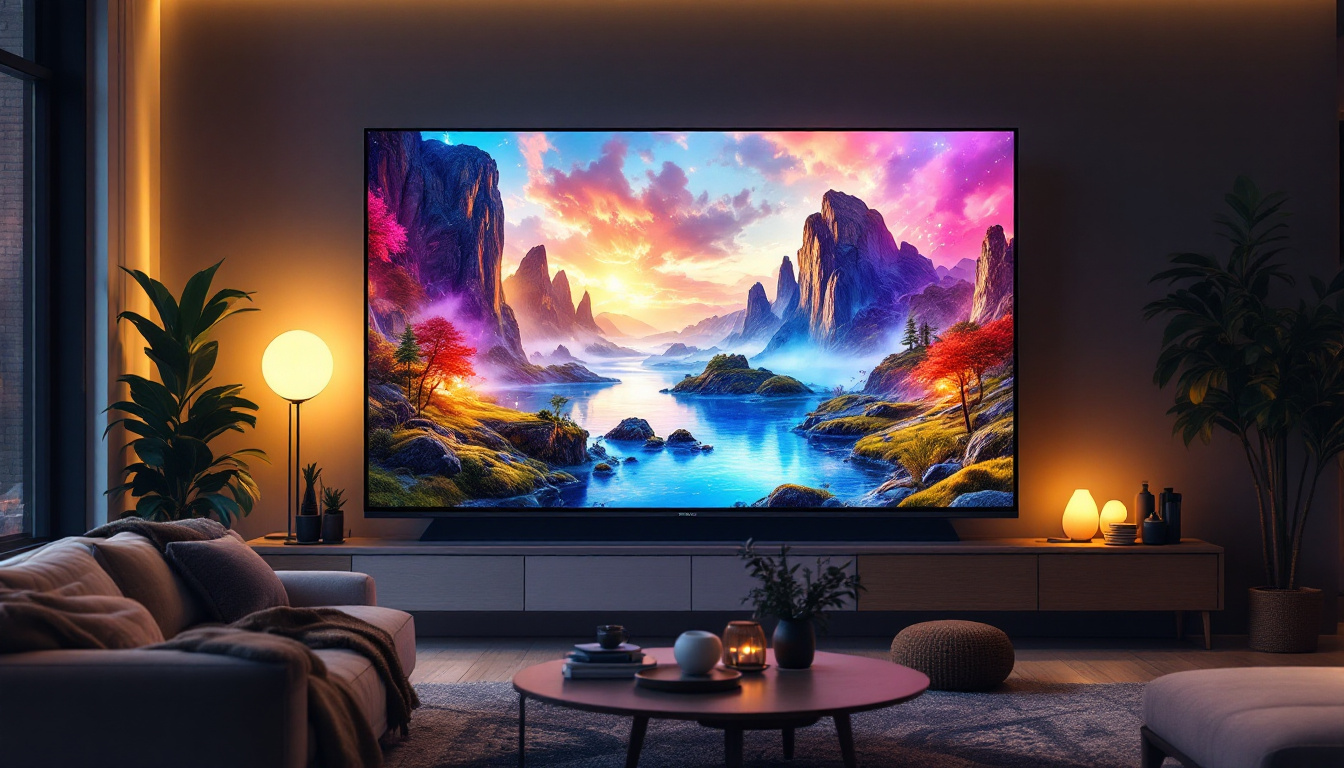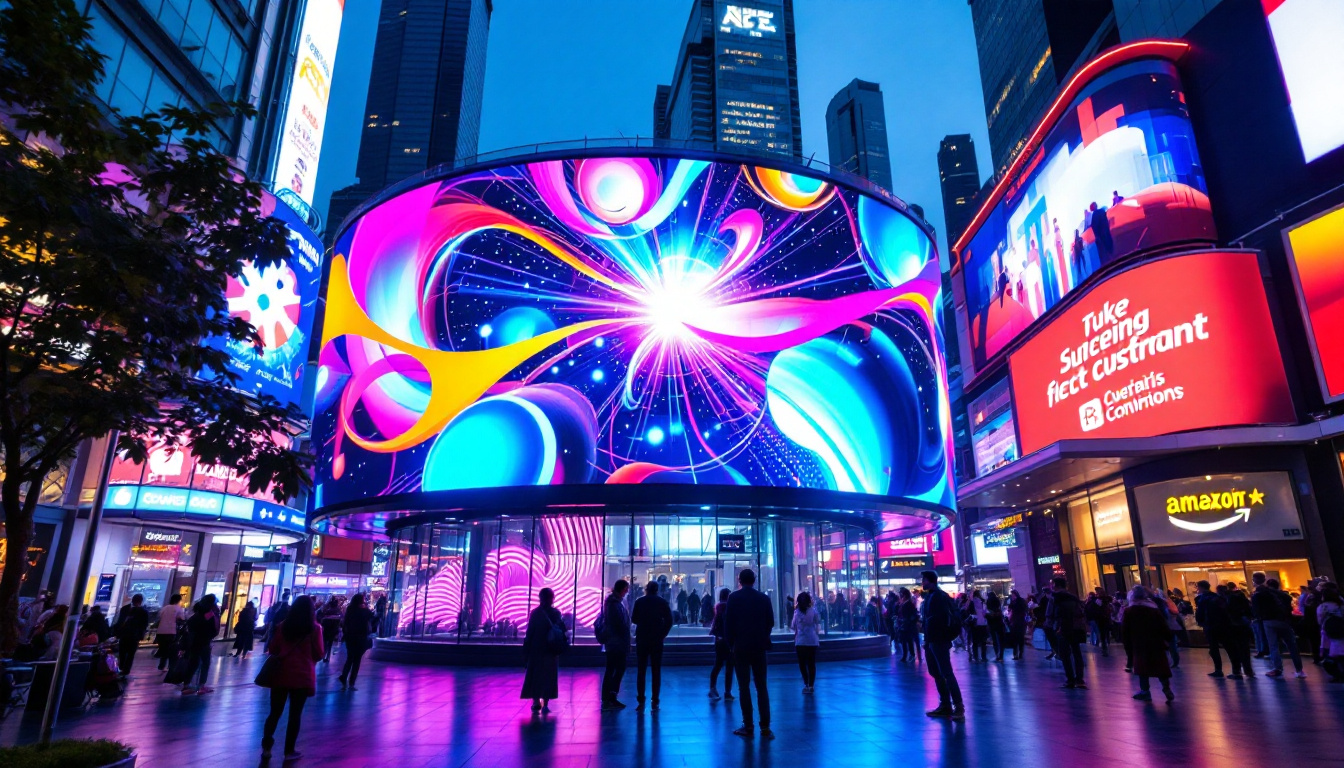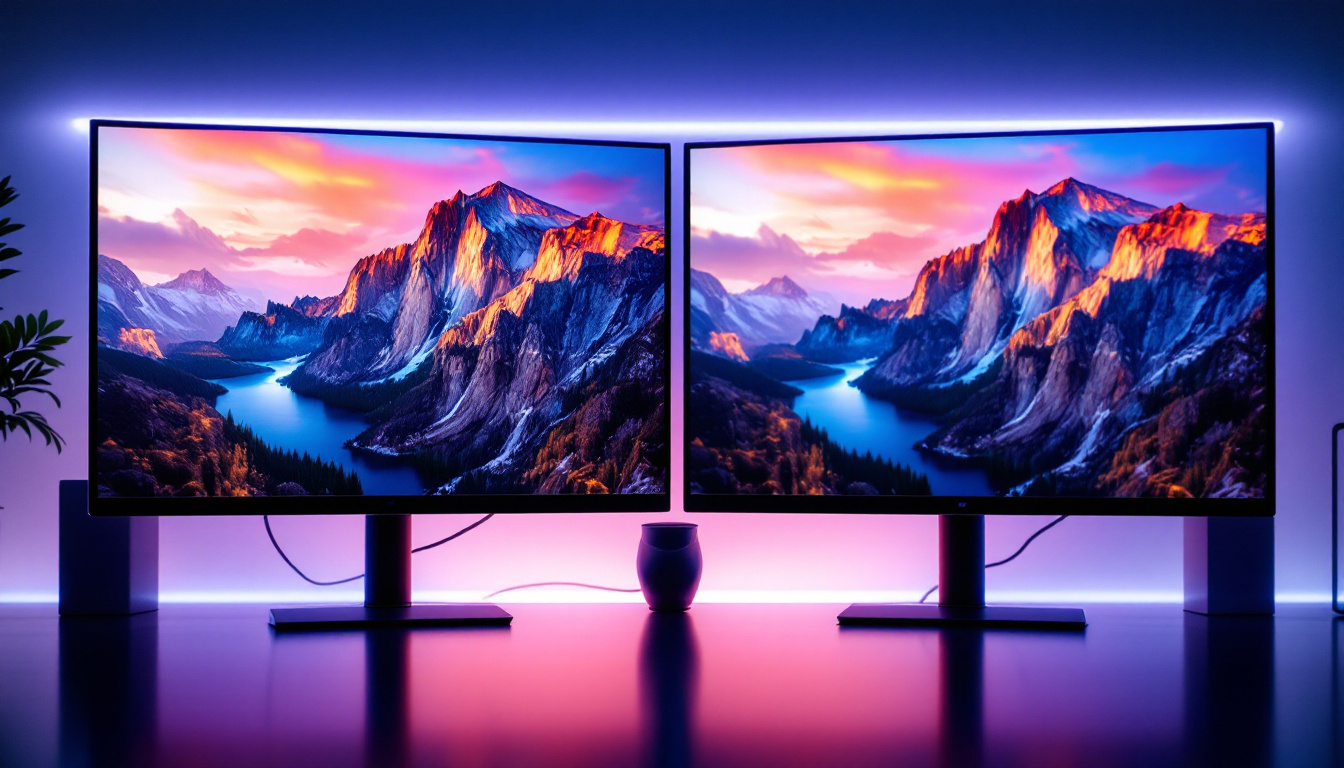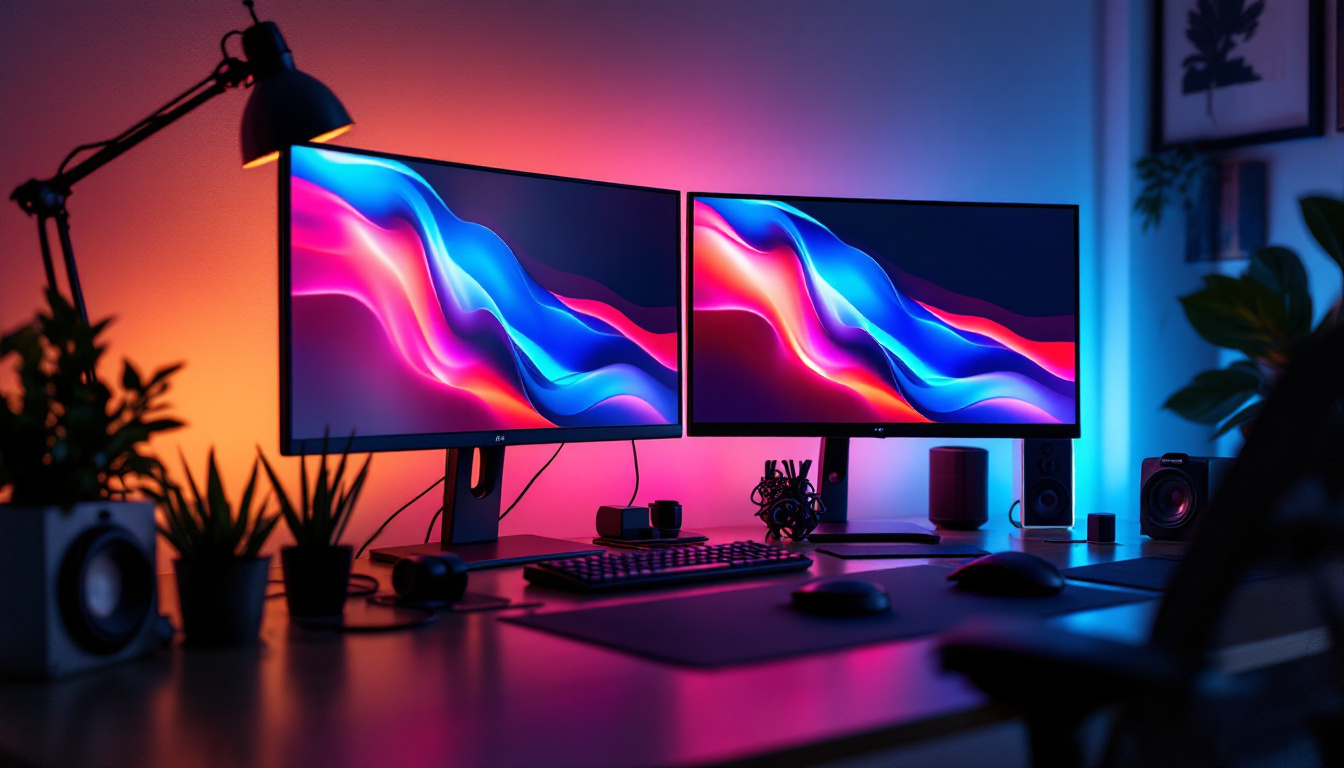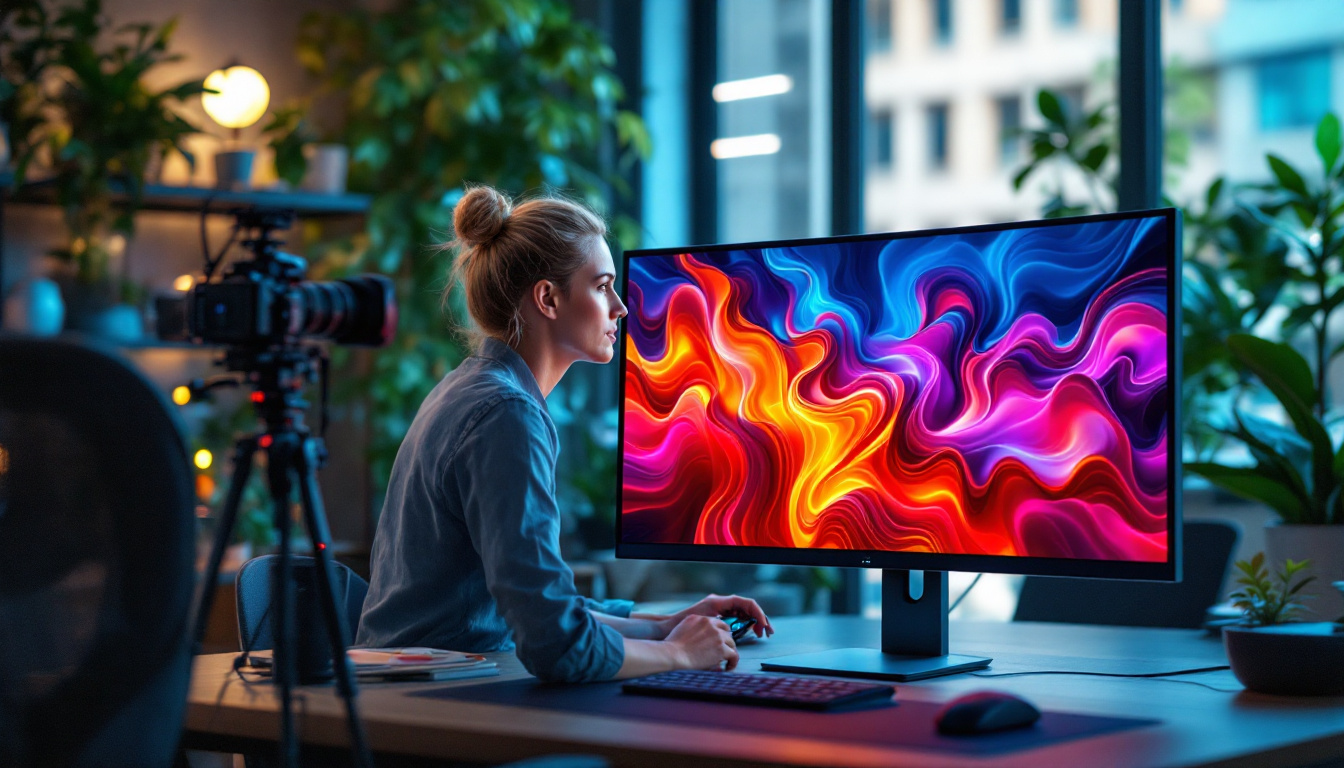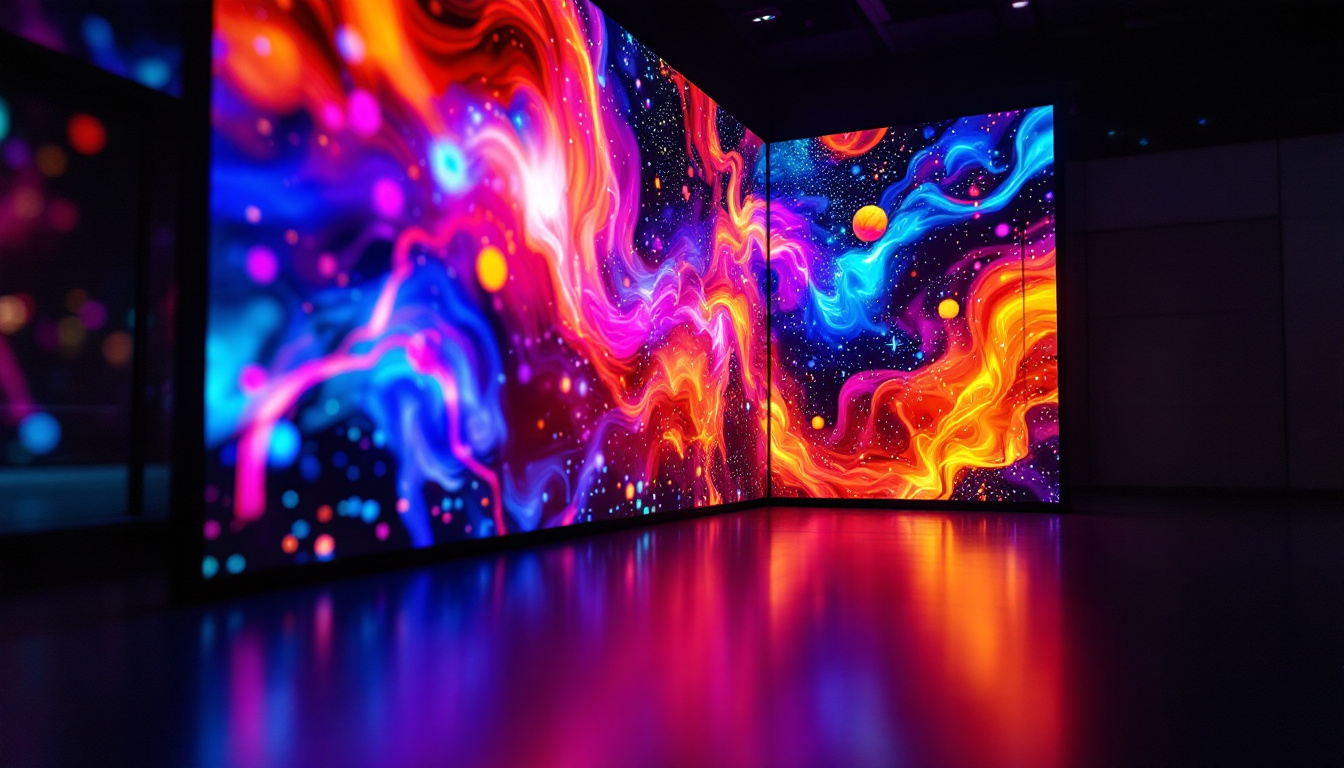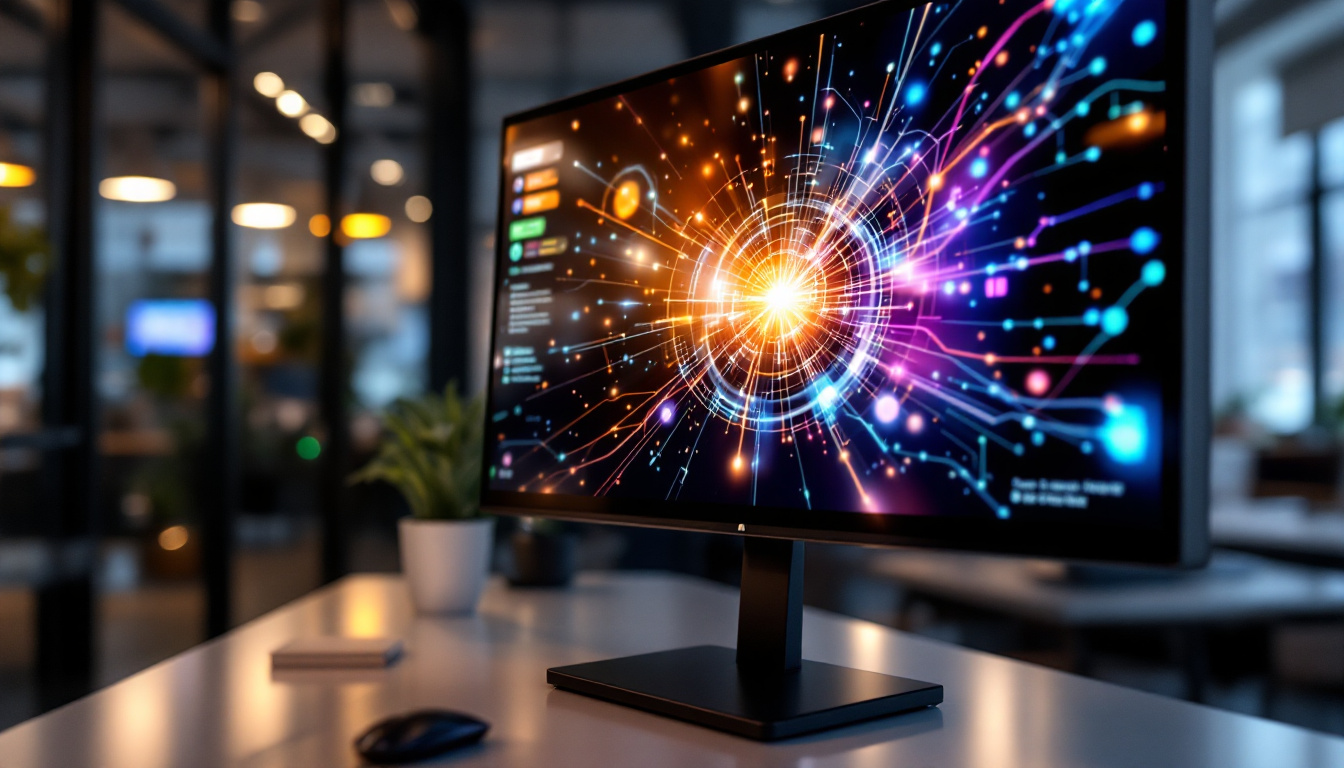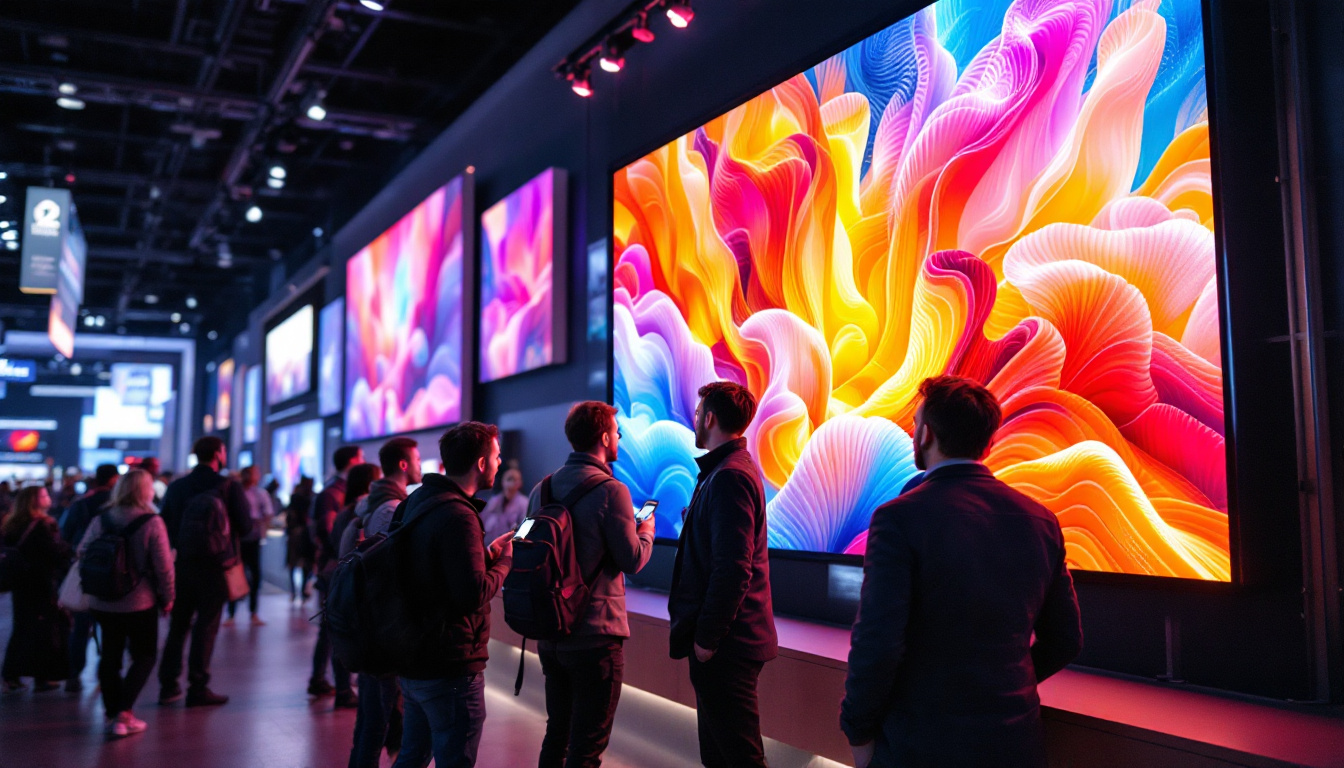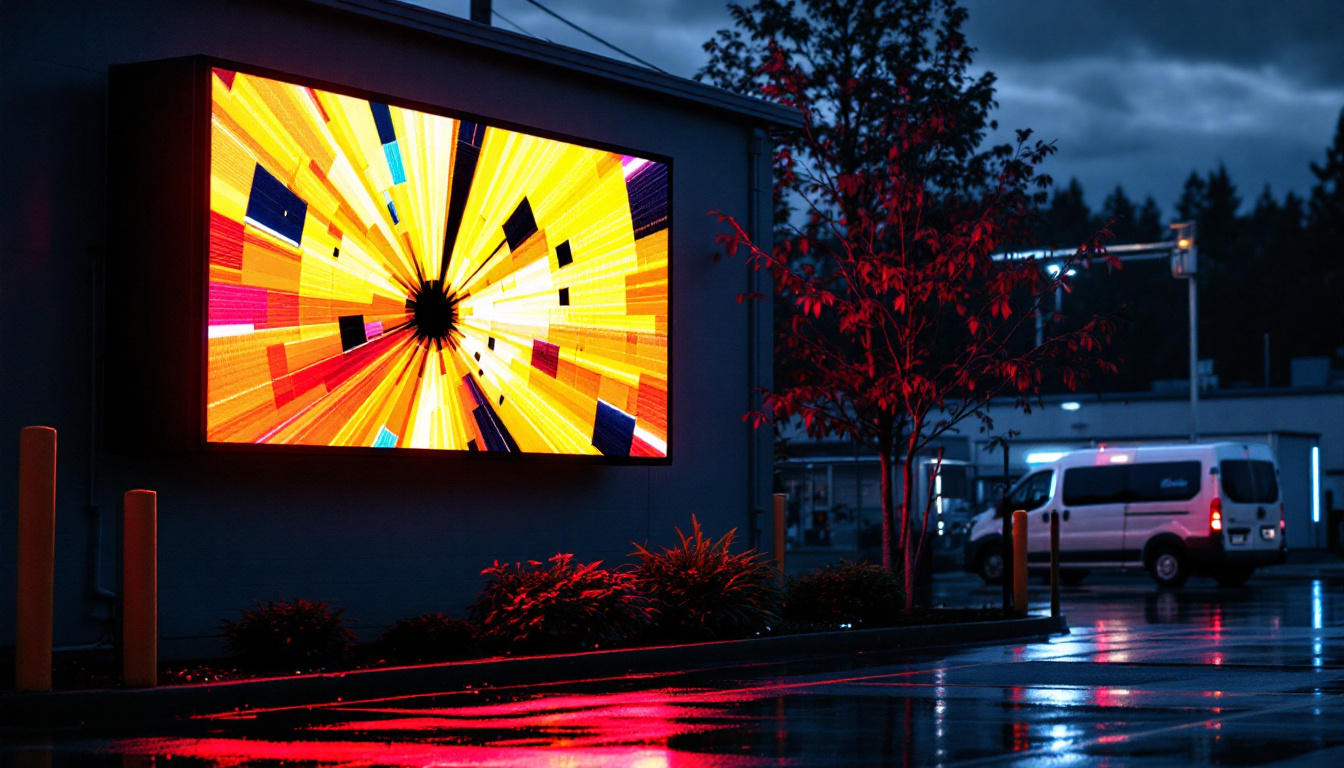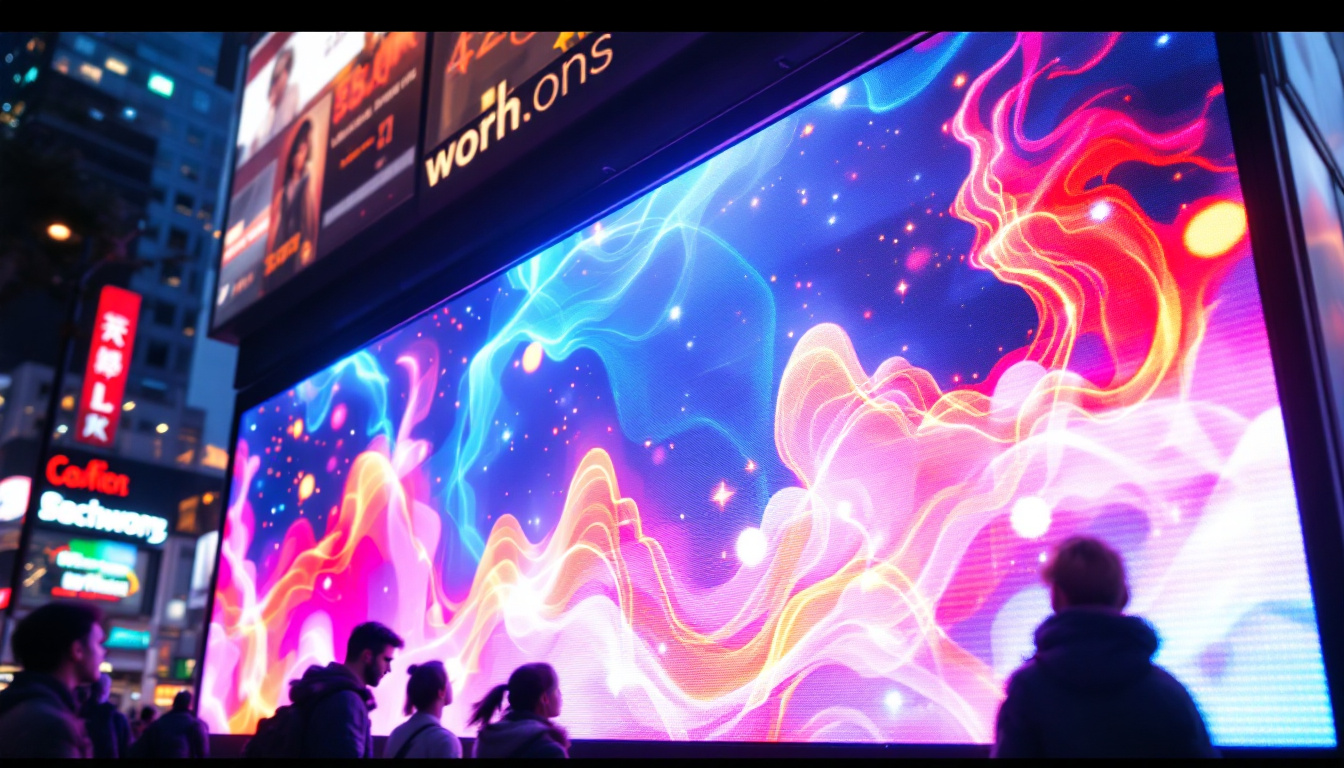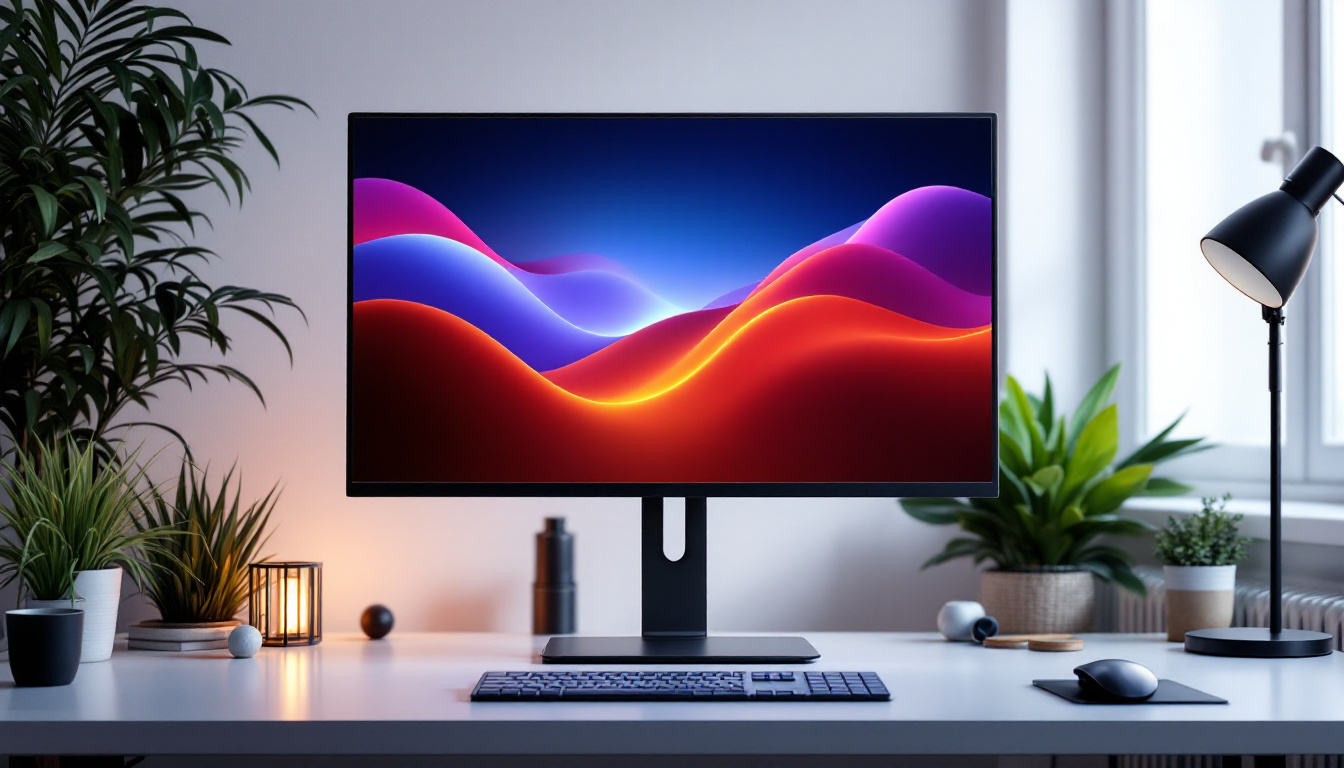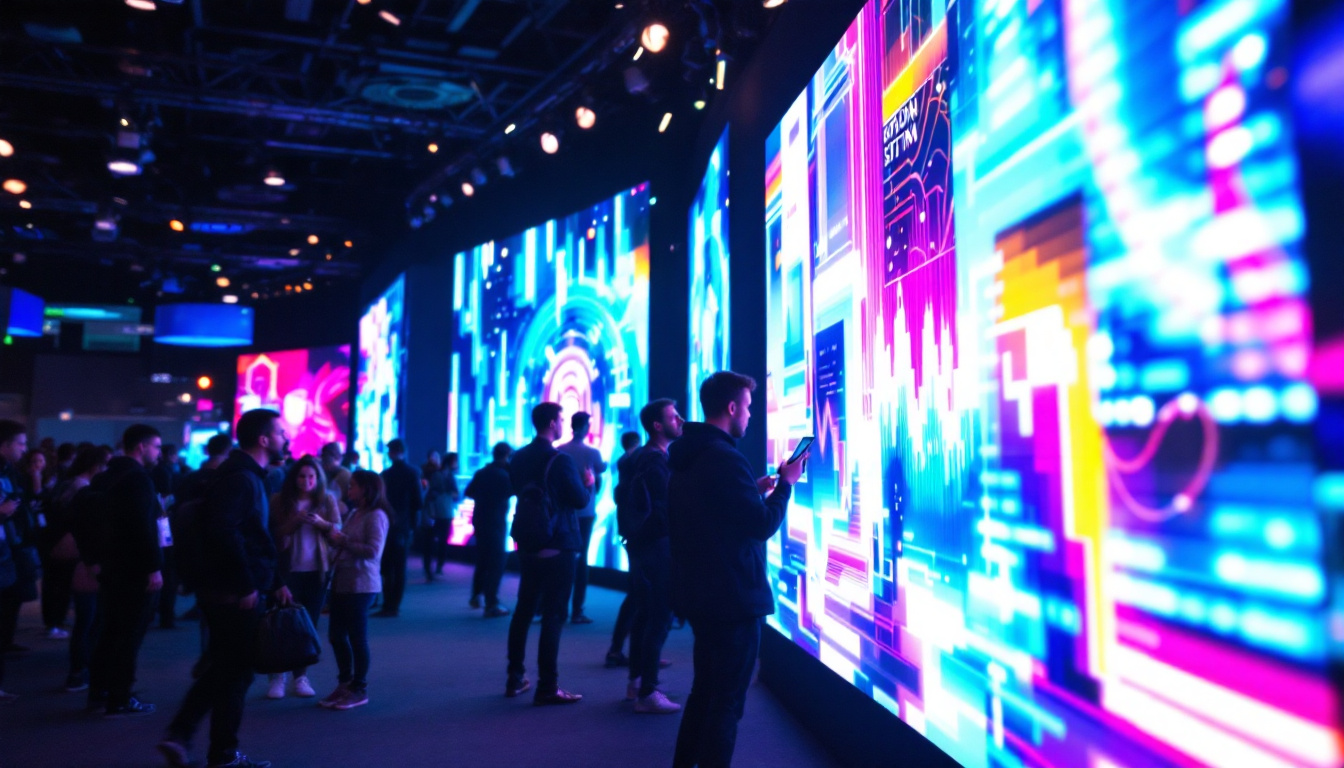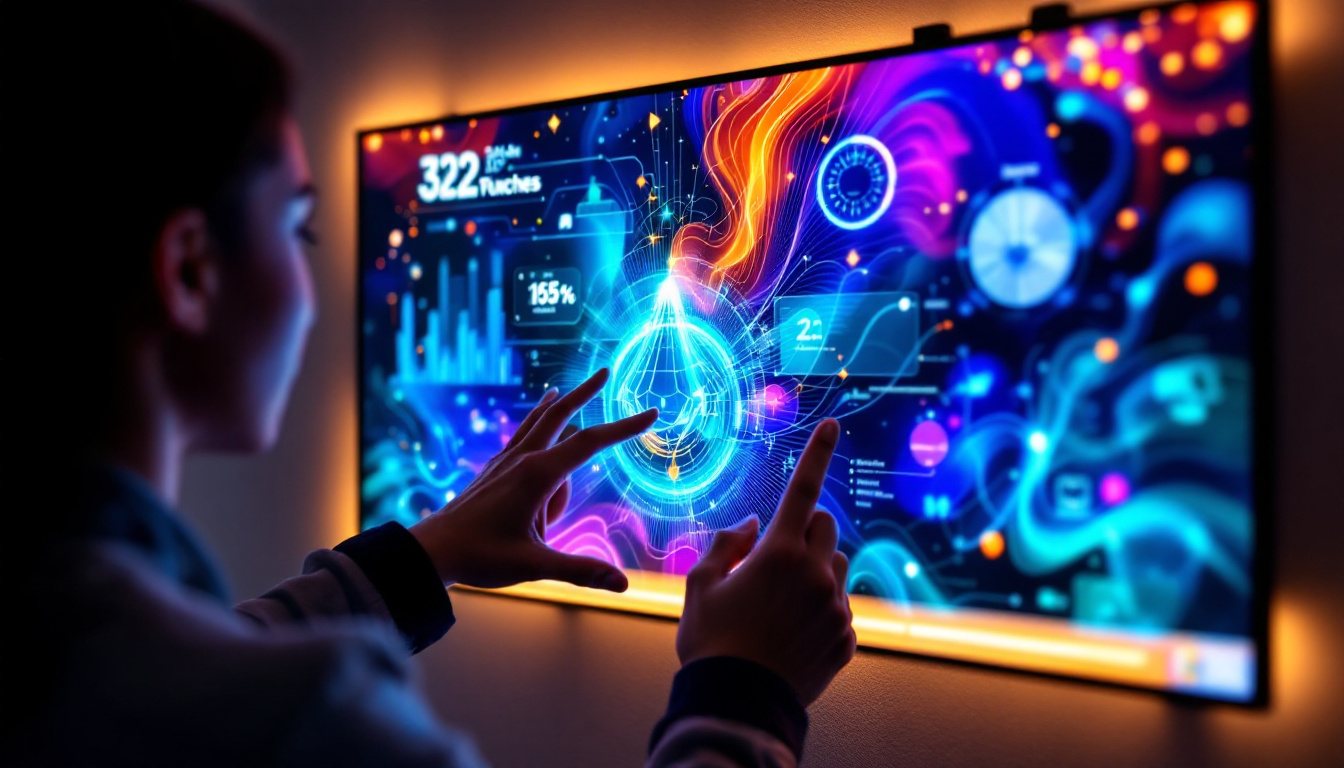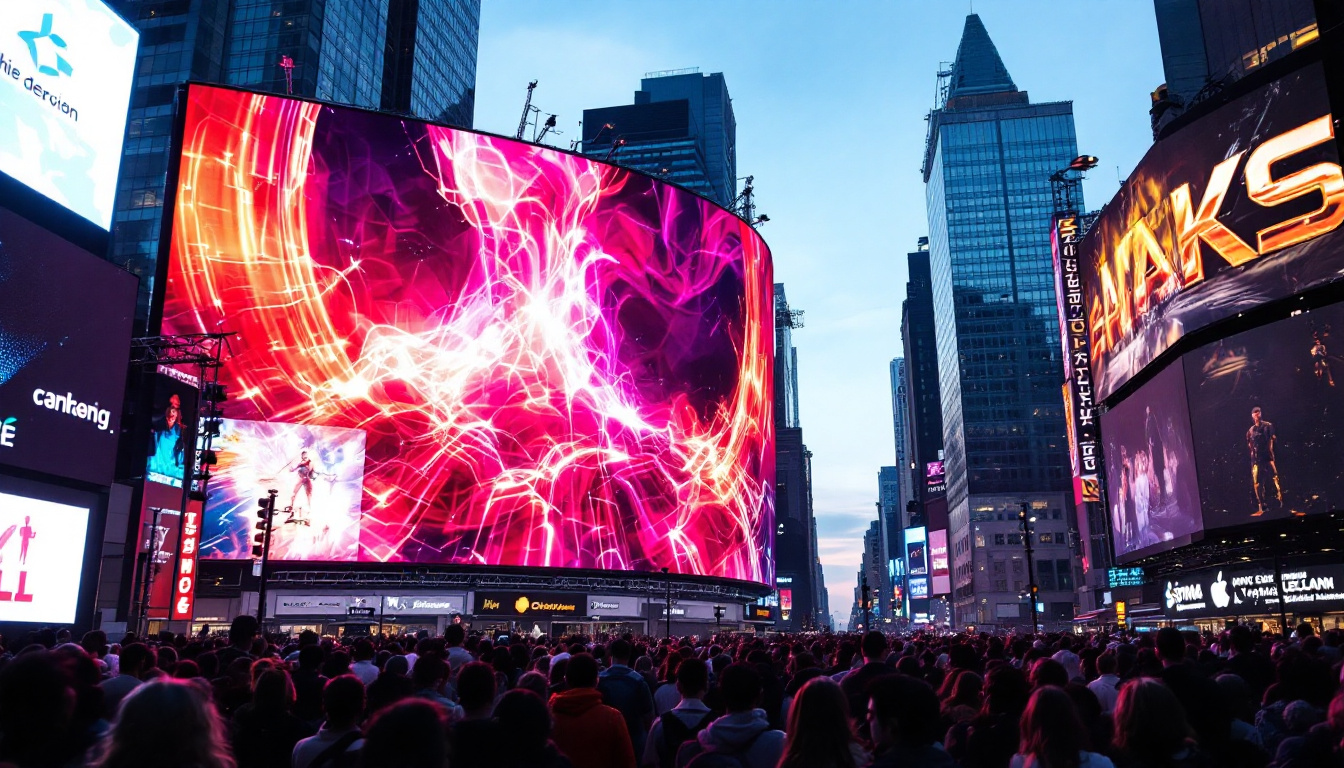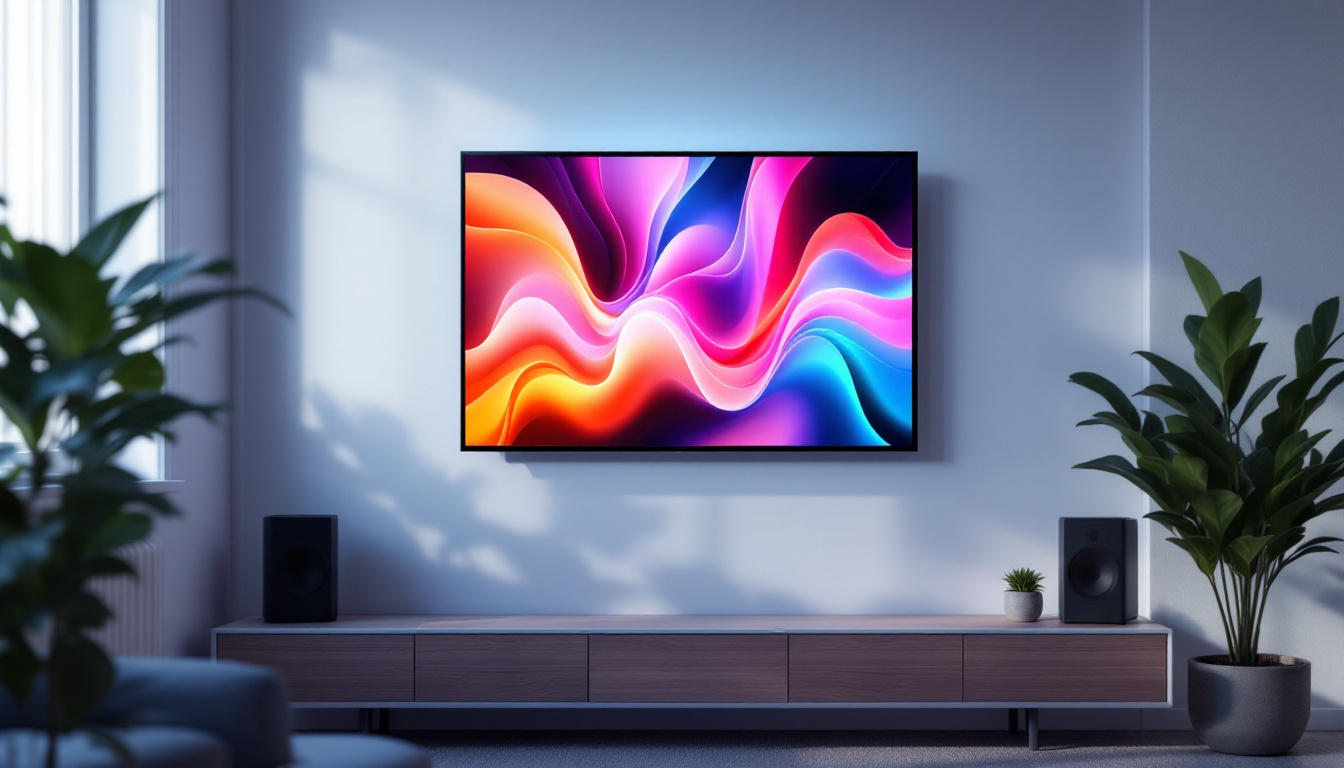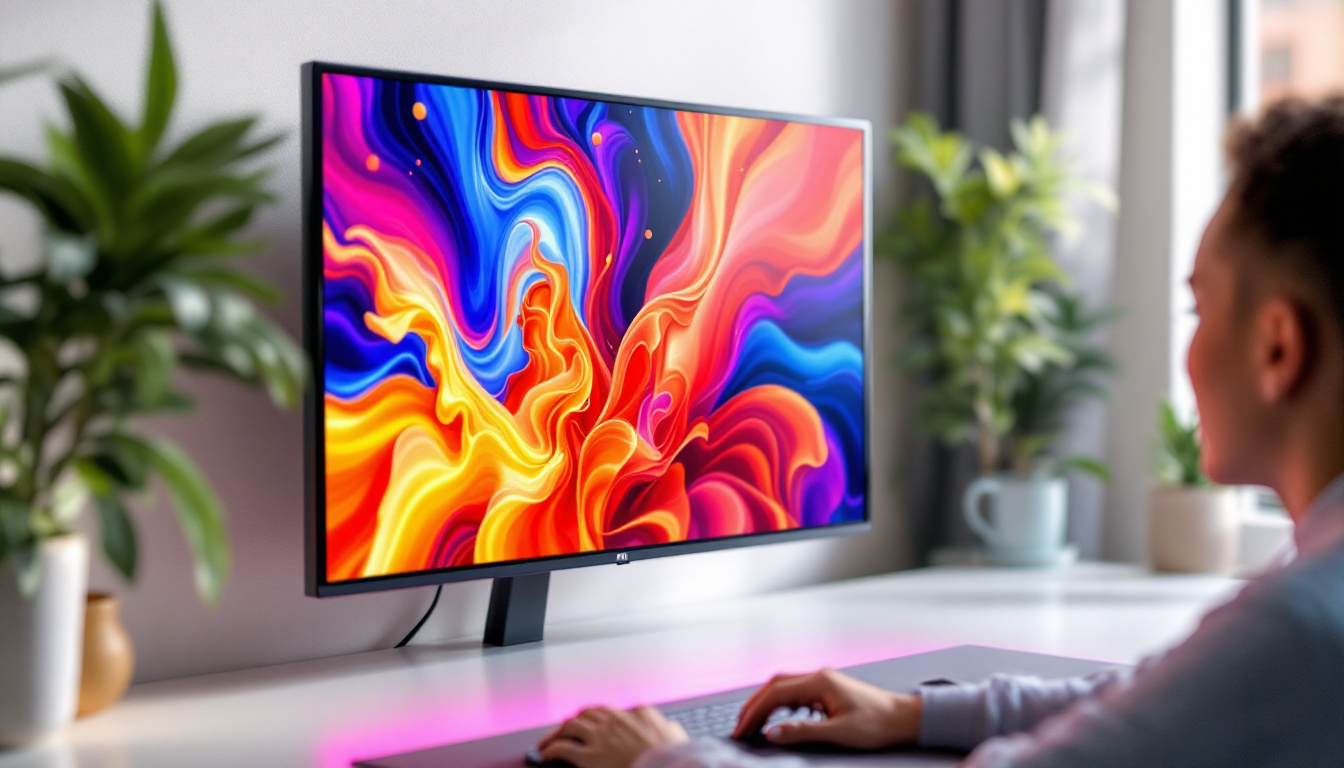In the modern digital landscape, touch computer screens have revolutionized the way users interact with technology. The integration of LED displays into these touch screens has further enhanced usability, providing vibrant visuals and responsive touch capabilities. This article delves into the intricacies of touch computer screens, focusing on LED technology and its implications for user experience.
Understanding Touch Computer Screens
Touch computer screens are devices that allow users to interact with a computer interface through touch. Unlike traditional input methods such as keyboards and mice, touch screens enable a more intuitive and direct form of interaction. This technology is ubiquitous in smartphones, tablets, kiosks, and various other devices. The rise of touch screens has transformed the way we engage with technology, making it more accessible and user-friendly for people of all ages.
Types of Touch Technology
There are several types of touch technologies used in touch screens, each with its unique characteristics. The most common types include resistive, capacitive, and optical touch screens.
Resistive touch screens consist of two flexible layers separated by a small gap. When pressure is applied, the layers touch, registering the input. This technology is cost-effective and works well with styluses or gloved hands, making it suitable for various environments. They are often found in industrial applications and environments where durability is essential, such as manufacturing floors or outdoor kiosks.
Capacitive touch screens, on the other hand, use the electrical properties of the human body to detect touch. They are more responsive and support multi-touch gestures, allowing for a more dynamic user experience. This type of technology is prevalent in smartphones and tablets. Capacitive screens can also be designed to detect gestures such as swiping and pinching, which enhances the interactivity of applications and games, providing a more immersive experience for users.
Applications of Touch Screens
The versatility of touch screens has led to their adoption across numerous industries. In retail, touch screens are used for point-of-sale systems, allowing for quick transactions and enhanced customer service. In healthcare, they facilitate patient check-ins and data entry, streamlining processes and improving efficiency. Medical professionals can quickly access patient records and update information in real-time, which is crucial in fast-paced environments like hospitals and clinics.
Additionally, touch screens are integral to the education sector, where interactive displays enhance learning experiences. They enable collaborative work and interactive lessons, making education more engaging for students. In classrooms, teachers can use touch screens to display multimedia content, conduct quizzes, and encourage group participation. This interactive approach not only captivates students’ attention but also fosters a more hands-on learning environment, which can lead to better retention of information and overall academic performance.
Moreover, touch screens are increasingly being integrated into smart home devices, allowing users to control lighting, temperature, and security systems with a simple tap or swipe. This integration of touch technology into everyday life enhances convenience and promotes a seamless interaction with our living spaces. As technology continues to evolve, we can expect even more innovative applications of touch screens that will further enrich our daily experiences.
The Role of LED Displays in Touch Screens
LED (Light Emitting Diode) technology plays a crucial role in enhancing the performance of touch computer screens. LED displays offer several advantages over traditional display technologies, such as LCD (Liquid Crystal Display).
Benefits of LED Technology
One of the primary benefits of LED technology is its superior brightness and color accuracy. LED displays can produce vibrant colors and deep blacks, providing a more immersive viewing experience. This is particularly important in applications where visual clarity is essential, such as graphic design or video editing.
Furthermore, LED displays are energy-efficient, consuming less power than their LCD counterparts. This efficiency not only reduces operational costs but also contributes to a lower environmental impact, making LED technology a sustainable choice for modern devices. Additionally, the longevity of LED technology means that users can enjoy high-quality displays for longer periods, reducing the frequency of replacements and thus minimizing electronic waste.
How LED Displays Enhance Touch Interaction
LED displays significantly enhance the touch interaction experience. The rapid response time of LED technology ensures that touch inputs are registered almost instantaneously, creating a seamless user experience. This responsiveness is critical in applications that require precision, such as gaming or graphic design.
Moreover, the durability of LED displays means they can withstand frequent use without degrading in quality. This resilience is essential for devices used in high-traffic environments, such as public kiosks or interactive displays in museums. The scratch-resistant surfaces that often accompany LED technology further enhance their longevity, ensuring that the displays maintain their aesthetic appeal and functionality even in demanding settings. Additionally, the ability of LED displays to perform well in various lighting conditions, including bright sunlight, makes them ideal for outdoor applications, such as digital signage and advertising boards, where visibility is paramount.
Technical Aspects of LED Touch Screens
Understanding the technical aspects of LED touch screens can provide deeper insights into their functionality and performance. Several key components contribute to the effectiveness of these devices.
Display Resolution and Quality
The resolution of an LED display is a critical factor that affects the clarity and detail of the images presented. Higher resolutions result in sharper images and more defined text, enhancing the overall user experience. Common resolutions for touch screens include Full HD (1920×1080) and 4K (3840×2160), with the latter providing exceptional detail for professional applications.
In addition to resolution, the quality of the LED panel itself plays a significant role. Factors such as color gamut, contrast ratio, and viewing angles contribute to the overall performance of the display. A high-quality LED panel will deliver accurate colors and consistent brightness across different viewing angles, ensuring that all users receive the same visual experience.
Touch Sensitivity and Calibration
Touch sensitivity is another vital aspect of LED touch screens. The ability to accurately detect touch inputs is influenced by the technology used, whether resistive or capacitive. Capacitive screens, for example, typically offer higher sensitivity and can register multiple touch points simultaneously, allowing for gestures like pinch-to-zoom.
Calibration of touch screens is essential to ensure that touch inputs correspond accurately to on-screen actions. Regular calibration can help maintain the responsiveness and accuracy of the touch interface, especially in environments where screens are frequently used.
Challenges and Limitations of Touch LED Displays
While touch LED displays offer numerous advantages, they are not without challenges. Understanding these limitations can help users make informed decisions about their use.
Environmental Factors
Environmental factors can significantly impact the performance of touch LED displays. For instance, direct sunlight can create glare, making it difficult to see the screen. This is particularly problematic for outdoor applications where visibility is crucial. Manufacturers often address this issue by using anti-glare coatings or designing displays with higher brightness levels.
Additionally, temperature extremes can affect the responsiveness of touch screens. In very cold conditions, capacitive screens may become less sensitive, while resistive screens may still function adequately. Understanding the operating environment is essential for selecting the right type of touch screen.
Cost Considerations
The cost of touch LED displays can be higher than traditional display technologies. This is especially true for high-resolution screens with advanced features. While the initial investment may be significant, the long-term benefits in terms of durability, energy efficiency, and user experience often justify the expense.
Organizations must weigh the costs against the potential return on investment, particularly in commercial applications where enhanced customer interaction can lead to increased sales and satisfaction.
Future Trends in Touch LED Technology
The field of touch LED technology is continually evolving, with several trends shaping its future. Staying informed about these developments can provide insights into how touch screens will be utilized in the coming years.
Advancements in Display Technology
As technology advances, so do the capabilities of touch LED displays. Innovations such as OLED (Organic Light Emitting Diode) technology are gaining traction, offering even better color accuracy and contrast ratios than traditional LED displays. OLED screens can also be made thinner and more flexible, opening up new possibilities for device design.
Furthermore, developments in microLED technology promise to deliver even higher brightness levels and energy efficiency. These advancements could lead to the creation of displays that are not only more visually appealing but also more sustainable.
Integration with Augmented and Virtual Reality
As augmented reality (AR) and virtual reality (VR) technologies continue to mature, the integration of touch LED displays with these platforms is becoming increasingly important. Touch screens that can provide haptic feedback will enhance the immersive experience, allowing users to interact with virtual environments in a more natural way.
The fusion of touch technology with AR and VR could revolutionize industries such as gaming, education, and training, providing users with engaging and interactive experiences that were previously unimaginable.
Conclusion
Touch computer screens equipped with LED displays represent a significant advancement in user interaction technology. Their ability to provide vibrant visuals, responsive touch capabilities, and energy efficiency makes them ideal for a wide range of applications. Understanding the various types of touch technology, the benefits of LED displays, and the challenges they face can help users make informed decisions about their use.
As technology continues to evolve, the future of touch LED displays looks promising. With advancements in display technology and the integration of emerging technologies like AR and VR, the potential for innovative applications is vast. Embracing these developments will ensure that users can continue to enjoy enhanced experiences in an increasingly digital world.
Discover LumenMatrix’s Innovative LED Display Solutions
Ready to experience the future of touch screen technology with vibrant visuals and unparalleled responsiveness? LumenMatrix is at the forefront of LED display innovation, offering a wide array of solutions tailored to meet your needs. From Indoor and Outdoor LED Wall Displays to specialized options like Vehicle, Sports, and Floor LED Displays, our products are designed to elevate your brand and captivate your audience. Embrace the cutting-edge with LumenMatrix and transform your visual communication. Check out LumenMatrix LED Display Solutions today and see the difference for yourself.


